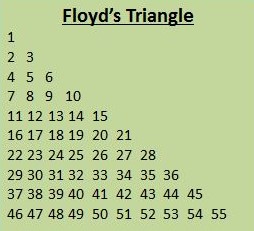Is-A and Has-A Relationship in Java
Is-A Relationship in Java
In Java, an Is-A relationship depends on inheritance. Further inheritance is of two types, class inheritance and interface inheritance. It is used for code reusability in Java. For example, a Potato is a vegetable, a Bus is a vehicle, a Bulb is an electronic device and so on. One of the properties of inheritance is that inheritance is unidirectional in nature. Like we can say that a house is a building. But not all buildings are houses. We can easily determine an Is-A relationship in Java. When there is an extends or implement keyword in the class declaration in Java, then the specific class is said to be following the Is-A relationship.
Example:
class Animal {
}
class Mammal extends Animal {
}
class Reptile extends Animal {
}
public class Dog extends Mammal {
public static void main(String args[]) {
Animal a = new Animal();
Mammal m = new Mammal();
Dog d = new Dog();
System.out.println(m instanceof Animal);
System.out.println(d instanceof Mammal);
System.out.println(d instanceof Animal);
}
}
Has-A Relationship in Java
In Java, a Has-A relationship is also known as composition. It is also used for code reusability in Java. In Java, a Has-A relationship simply means that an instance of one class has a reference to an instance of another class or an other instance of the same class. For example, a car has an engine, a dog has a tail and so on. In Java, there is no such keyword that implements a Has-A relationship. But we mostly use new keywords to implement a Has-A relationship in Java.
Example:
public class Vehicle{}
public class Speed{}
public class Van extends Vehicle {
private Speed sp;
}
This shows that class Van HAS-A Speed. By having a separate class for Speed, we do not have to put the entire code that belongs to speed inside the Van class, which makes it possible to reuse the Speed class in multiple applications.
In an Object-Oriented feature, the users do not need to bother about which object is doing the real work. To achieve this, the Van class hides the implementation details from the users of the Van class. So, basically what happens is the users would ask the Van class to do a certain action and the Van class will either do the work by itself or ask another class to perform the action.











Comments
Post a Comment